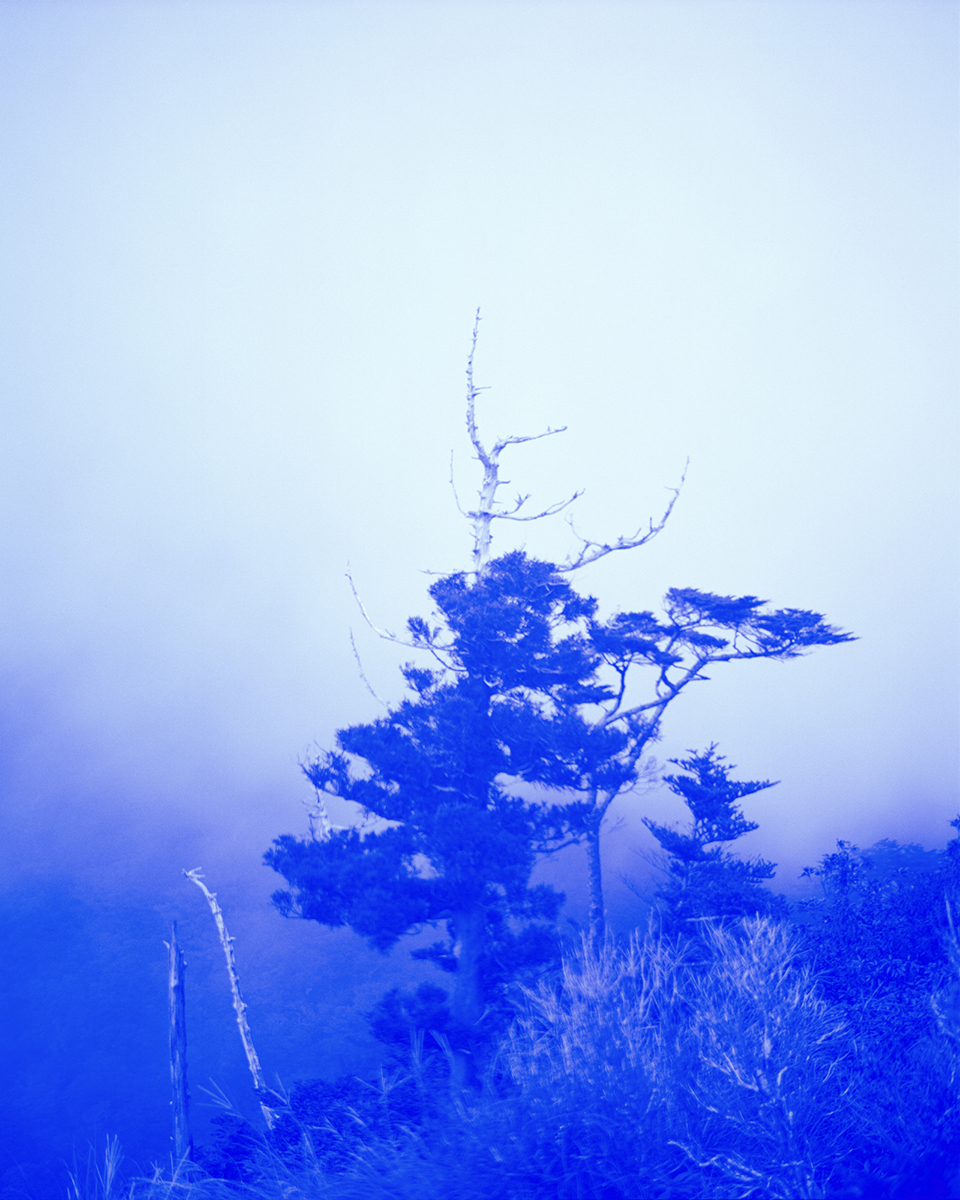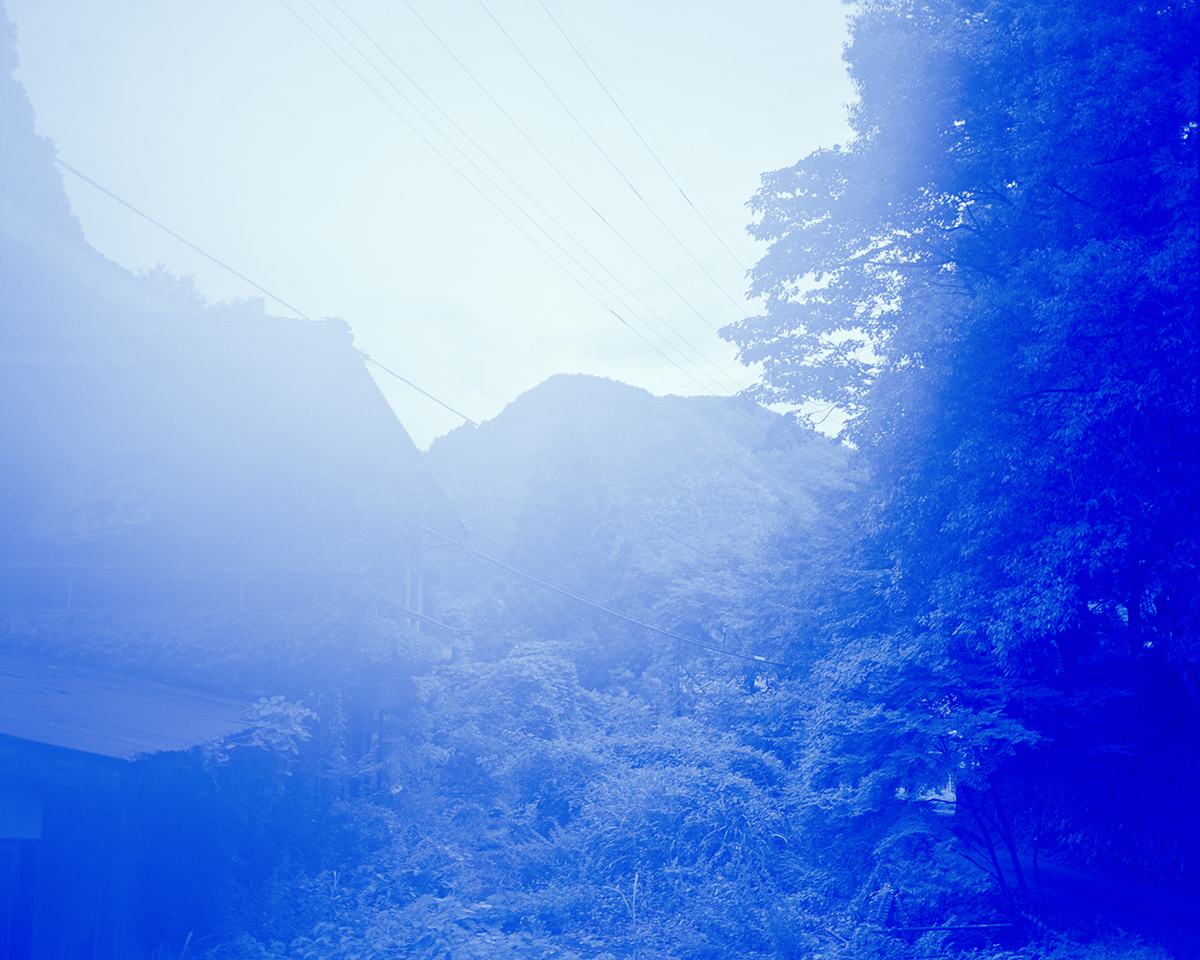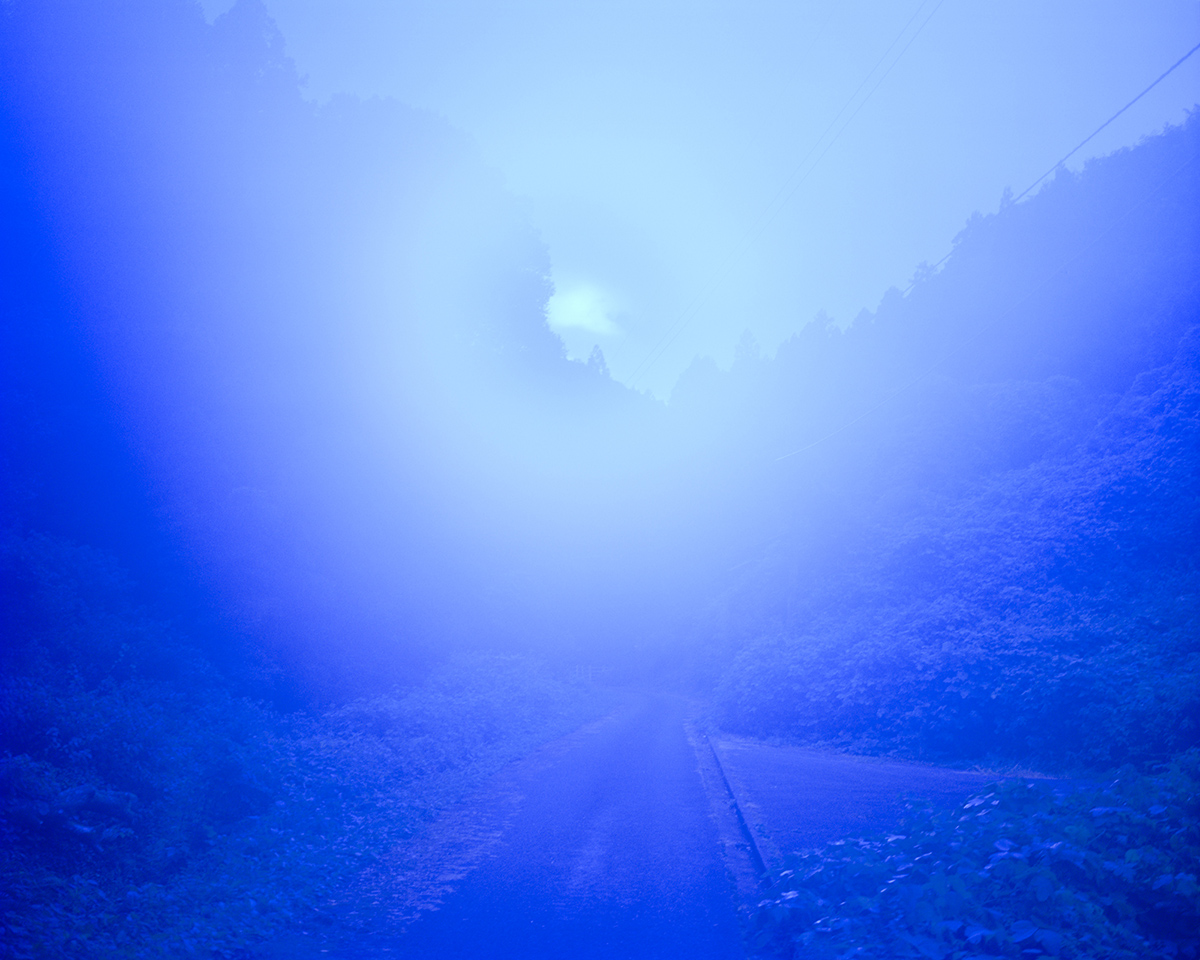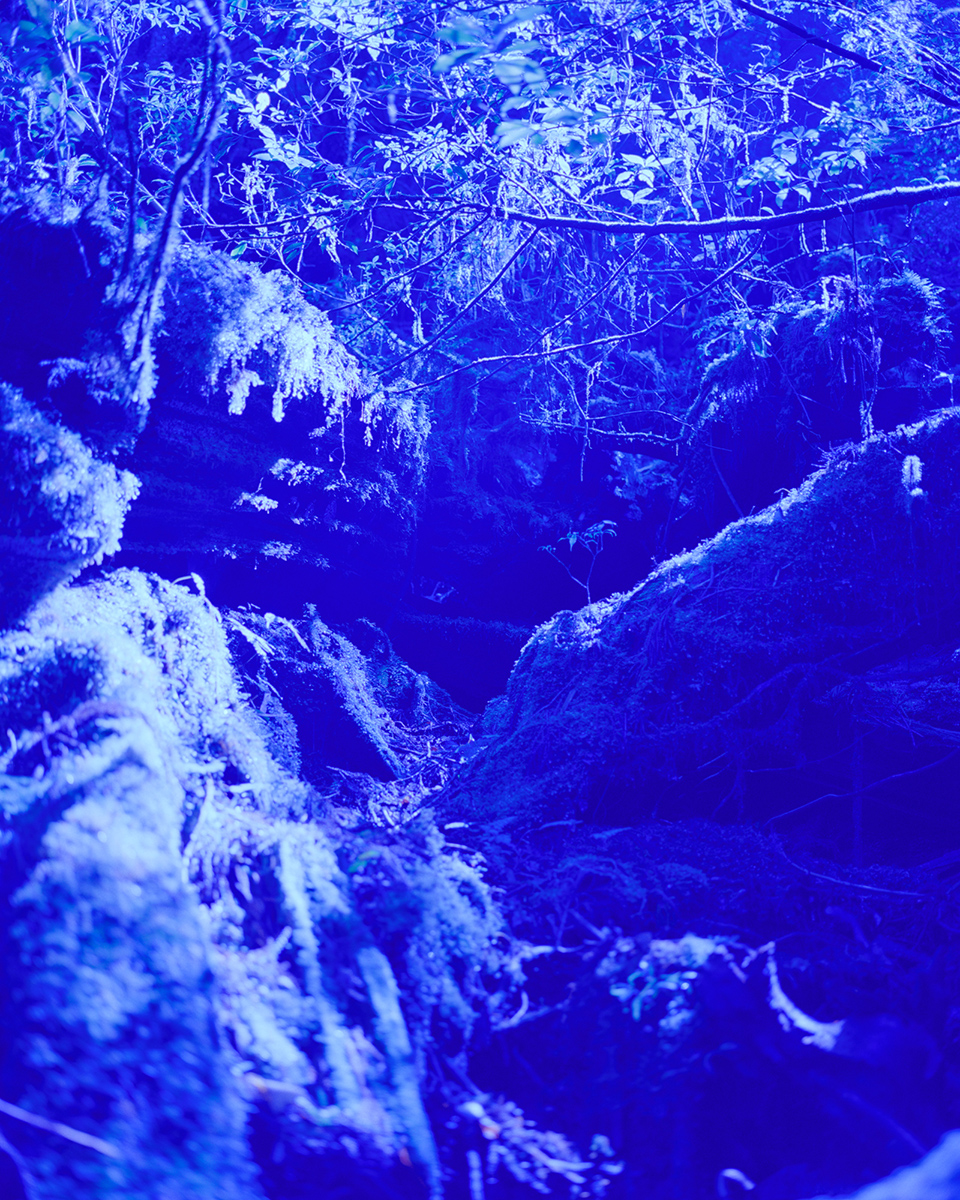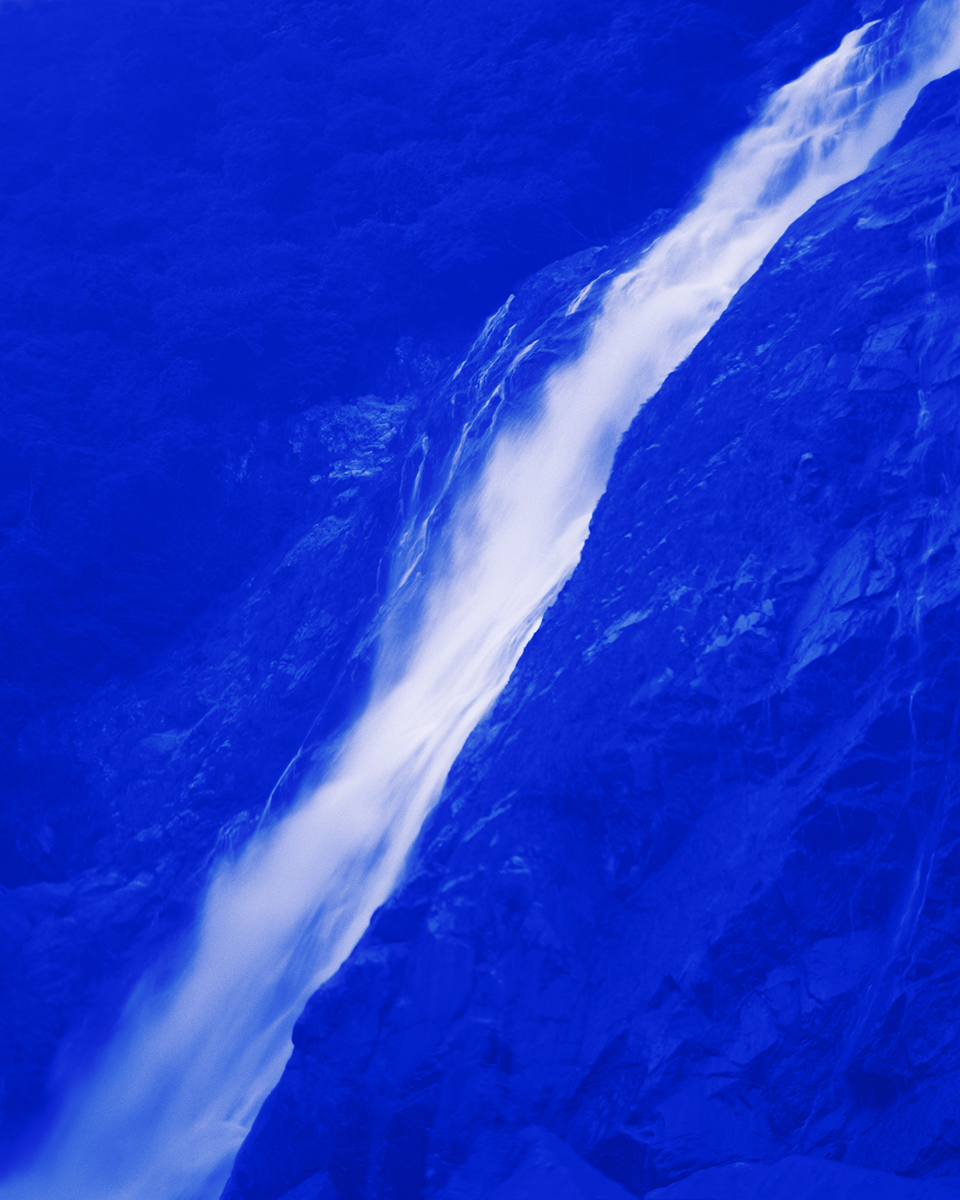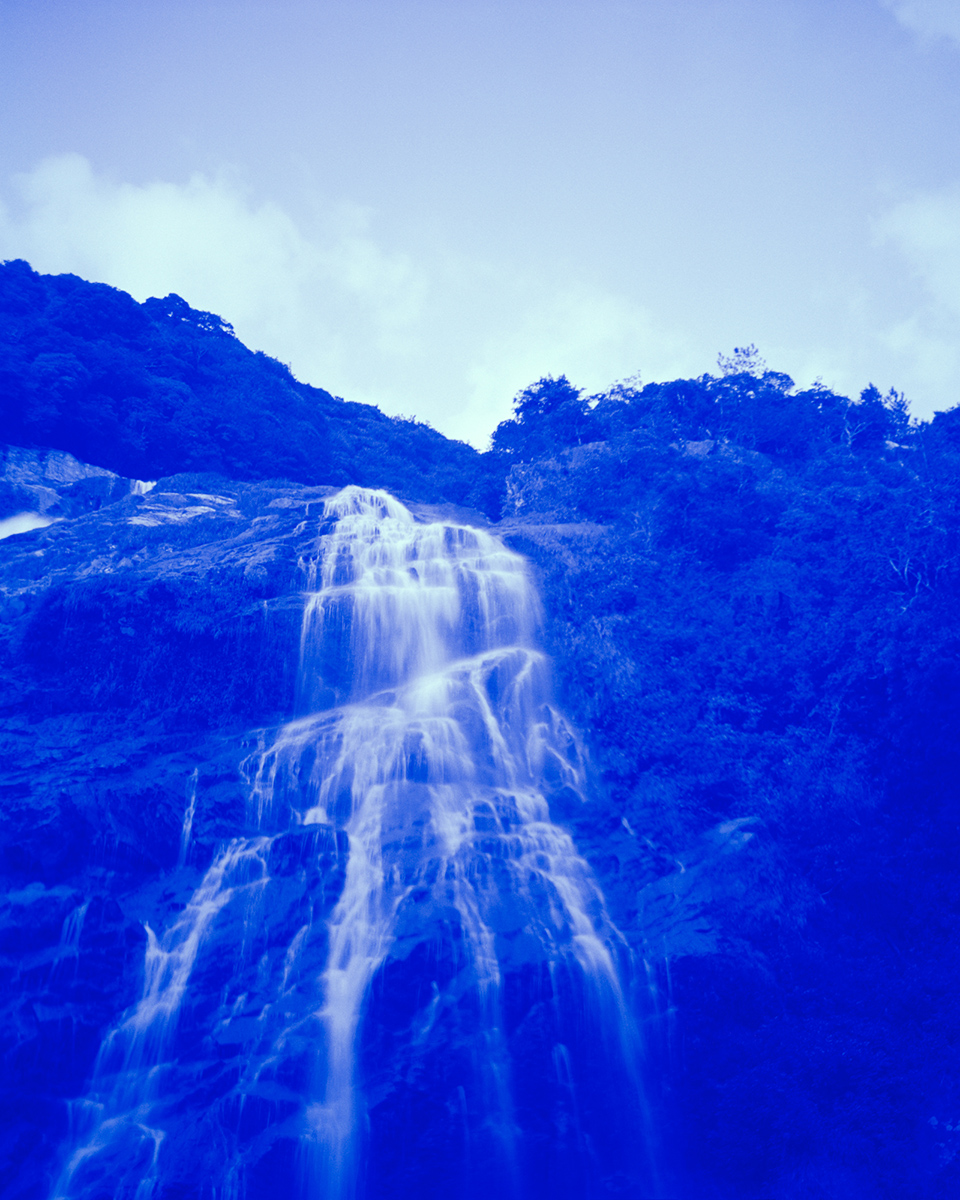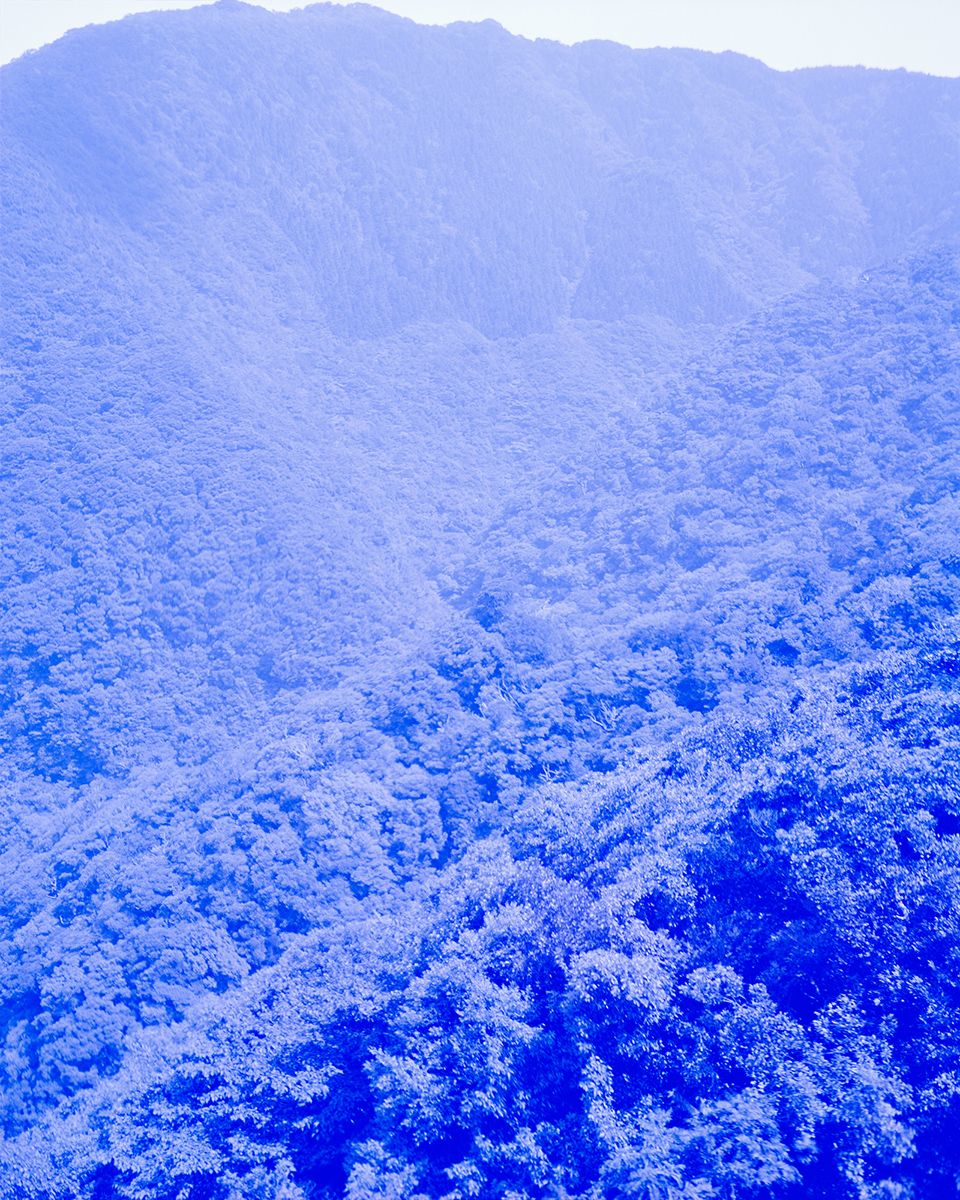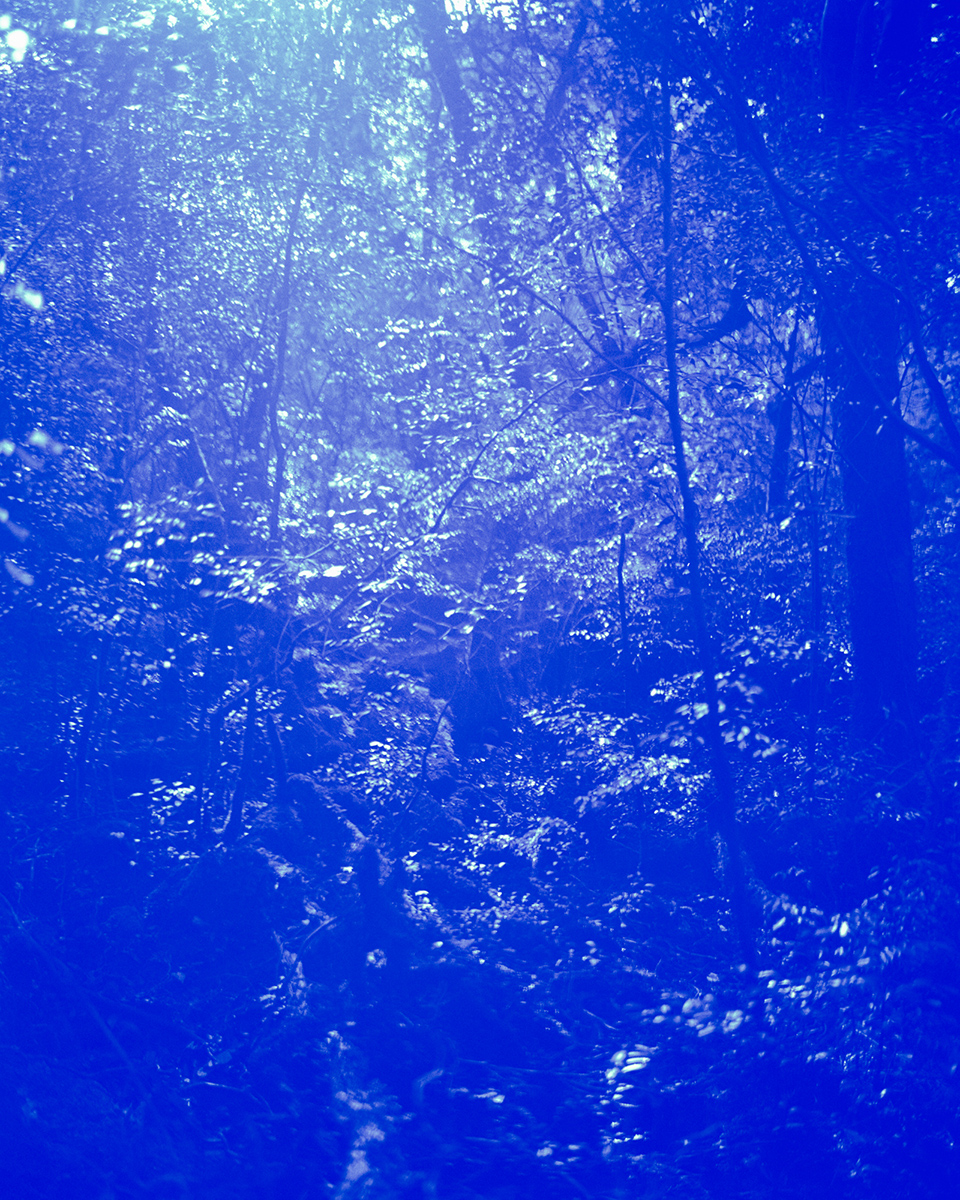Ahead of his first solo exhibition at The Truman Brewery, we spoke to Alexander Mourant about his photographic practice and his approach to the show.
PW: Can you tell us about the series you’ll be showing Aomori. How did you come up with the idea?
AM: Previously, through Aurelian, I employed atmospheric conditions, such as humidity, alongside tropical flora and fauna enclosed in artificial spaces as a metaphor for elsewhere. These artificial environments are used throughout the work to probe the nature of experience, as an envisioned idea where time is not absolute, but continuously contained and all encompassing. In hindsight, Aurelian was a body of work necessary to incubate further creative ideas and, most importantly, it triggered a deeper understanding of the intricacies of photography.
I became greatly interested in how we invest ourselves into the medium, with our hearts and minds. I wanted to see if I could expand the possibilities of the photograph by giving it a body too, a soul almost, in which we could experience from the image itself.
Through Aomori, I chose to take a few ideas found in Aurelian, refine them, and create a new body of work which directly expanded these metaphorical territories. I sought a location of infinite scale and depth to help activate my photographs. Continuing along the vein of organics and humidity, acting as psychological stimulants, I became interested in exploring the philosophy of the forest.
PW: Why was it important it was shot in Japan?
AM: In Japan, followers of Shinto – an ancient and sacred religion – place a strong belief in Kami. Kami are essentially spirits, although this is a great simplification of the mythical power these beings possess. Through diligently conducted religious and spiritual ceremonies, present day Japan connects through the Kami to their ancient past.
The Japanese believe that Kami pervade every aspect of life. They live in the fabric of reality; rocks, trees, plants, waterfalls, even mountains contain Kami. Kodama are the spirits found in the forest, living in certain species of trees. They are the very being of the forest. Upon researching this extensive spiritual belief, it became evident to me that Japan had strong metaphysical potential and was an ideal site for my work.


I concluded that the forest, found in Japan, was to be the epicentre of my psychological terrain: a perfect field in which to create photographs which would be open and closed at the same time, rendering themselves as psychological transcendents.
PW: The series is based around the relationship of nature to the colour blue. Could you describe what these two things mean to you and how you feel they relate to one another?
AM: In Aomori, my interest was drawn, with an almost overpowering urge, towards the colour blue. Rebecca Solnit mused in The Blue of Distance:
“For many years, I have been moved by the blue at the far edge of what can be seen, that color of horizons, of remote mountain ranges, of anything far away. The color of that distance is the color of an emotion, the color of solitude and of desire, the color of there seen from here, the color of where you are not. And the color of where you can never go”.
For Solnit, the blue world embodies distances we can never quite arrive in. The colour blue — formed through fluctuating atmospheric conditions — creates for her, and many others, a great immaterial and metaphorical plane.
For me, the immensity found in the colour blue, encourages a deeper reflection on our past, present and future. In the same way, the presence of the forest and the density of its nature, arrests for us, the relentless progression of time. Perhaps, it is the canopy of the trees which shelter us from gently falling light and the intoxication of time and duration. As temporal dimensions crumble, objectivity leaves us. We are found in a still, oneiric state, contemplating our own accumulation of experience.


PW: Can you speak a little about your process when you’re shooting? The blue hue is made from the inclusion of a handmade filter sourced from stained glass. How does this change the way you see the landscape?
AM: Experimentally, I sourced blue glass from a church window, which was then cut to size to fit the filter holder of my camera. I wished to truly introduce this colour into my process, by exposing my film directly to the blue world. Glass, which is normally a material of separation, is employed directly in my process to unite both medium and idea. These photographs bring Solnit’s blue of distance near, into the world of the forest; they are by process, forever blue.
It was only later, when Susan Bright commented on the religious symbolism of my work, did I realise the importance of using this process in Japan, “the spiritual history of the process seeps through into the image, to a time when the land was a place of worship”.
Before travelling to Japan, I conducted digital tests with my blue glass. This technically helped gauge my ideal exposure time. However, it didn’t tell of how the process would translate to film. Also, whilst travelling, I was continually experiencing varying weather conditions and intense humidity which resulted in inconsistent photographs. As it turns out, shooting the world of blue is ironically more akin to shooting black and white. Bright sunlight is of the utmost importance.

PW: The work feels very immersive; something that will likely translate to a gallery wall. What can we expect to see from the exhibition at the Old Truman Gallery?
AM: Thank you. I am delighted to have received further funding for the exhibition from Arts Council England and ArtHouse Jersey. This has enabled me to produce a dynamic and visually stimulating show. Through using different scales, the show will have a natural rhythm, something which I feel will help my audience become calm and really engage with the photographs. Collectively they will function like windows, pulsing a pure mystical blue into a somewhat clinical white space.
PW: What’s next for you?
AM: Good question. I have been so focused on the exhibition that I’ve yet to form a concrete plan. I am very interested in continuing to push the boundaries of my practice and undertaking residencies would create an exciting space to do so.



Alexander Mourant was born in Jersey, Channel Islands in 1994. He studied BA (Hons) Photography at Falmouth University. His work has been featured extensively online with British Journal of Photography, AINT-BAD, The Plantation Journal, Pylot Magazine and TRIP Magazine. Alexander has also exhibited a variety of work, most notably with CCA Galleries, Mall Galleries and in a duo show held at the Royal Geographical Society, London. He was a recent finalist for the South West Graduate Photography Prize and the winner of a FR Award 2017 for his graduate series Aurelian. He is a recipient of grants from ArtHouse Jersey and Arts Council England. Alexander is working towards his first major solo show held at The Old Truman Brewery, February 2018.
AOMORI exhibition is supported by Free Range, Metro Imaging, ArtHouse Jersey and uses public funding by the National Lottery through Arts Council England.
Aomori will be open at The Truman Brewery from Feb 2nd – 4th.
For more of Alexander’s work, click here.
